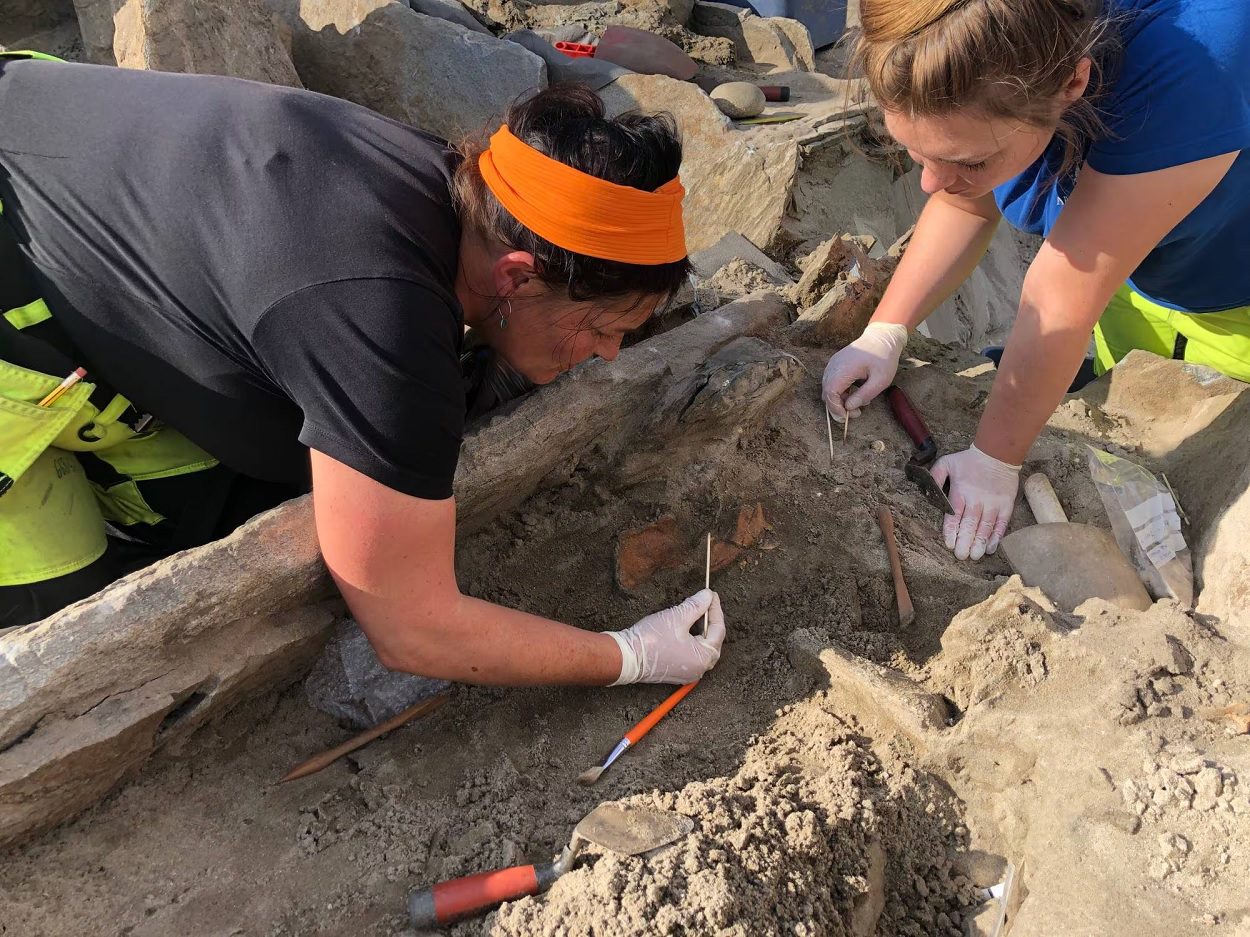Archaeologists from the University of Bergen have uncovered a 4,000-year-old tomb, providing new answers on how agriculture came to Western Norway.
The discovery was made south of Vestkapp in Selje, Norway, where the researchers found a stone lined tomb containing the remains of five individuals.
According to a press announcement by the University of Bergen, these type of graves are “only found in Buskerud, Østfold and in Denmark. Never in the West [Norway].”
“This is the most unique Stone Age find in Norway in more than 100 years”, says Morten Ramstad from the University of Bergen.
From 5,000 BC to 4,000 BC, the earliest agricultural settlements emerged in the vicinity of the Oslofjord to the east using technology from southern Scandinavia.
This period also saw the arrival of the Corded Ware culture, which brought new weapons, tools, and an Indo-European dialect, from which later the Norwegian language developed.
Over time, spanning from 1500 BC to 500 BC, agricultural communities expanded across southern Norway, while those residing in the areas north of Trøndelag persisted in hunting and fishing.
The tomb found near Selje is linked to these agricultural communities located in the east and south, signifying a migration that introduced farming to Western Norway.
“This makes it possible for us to gain completely new insight into the early agricultural phase”, says archaeologist and project manager, Trond Eilev Linge.
Header Image Credit : University Museum – UIB







